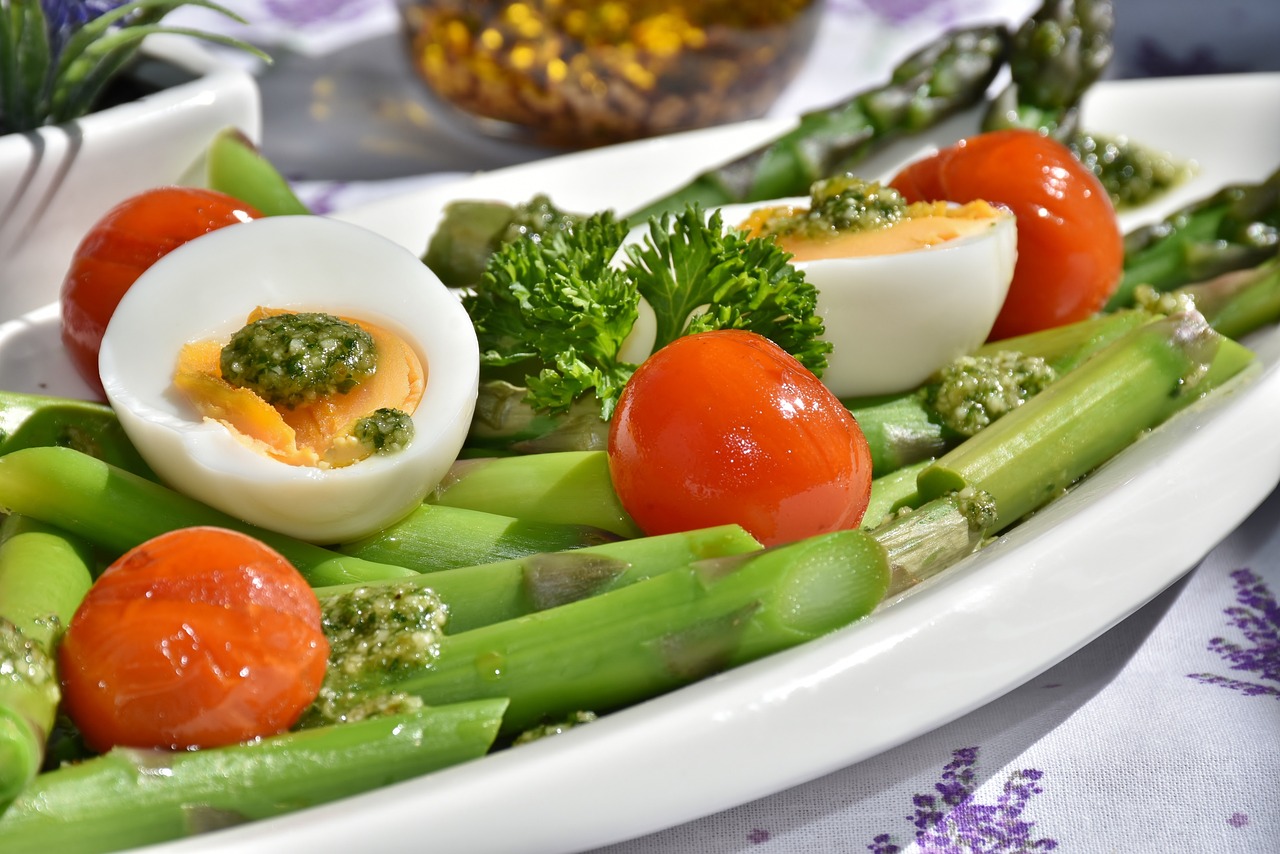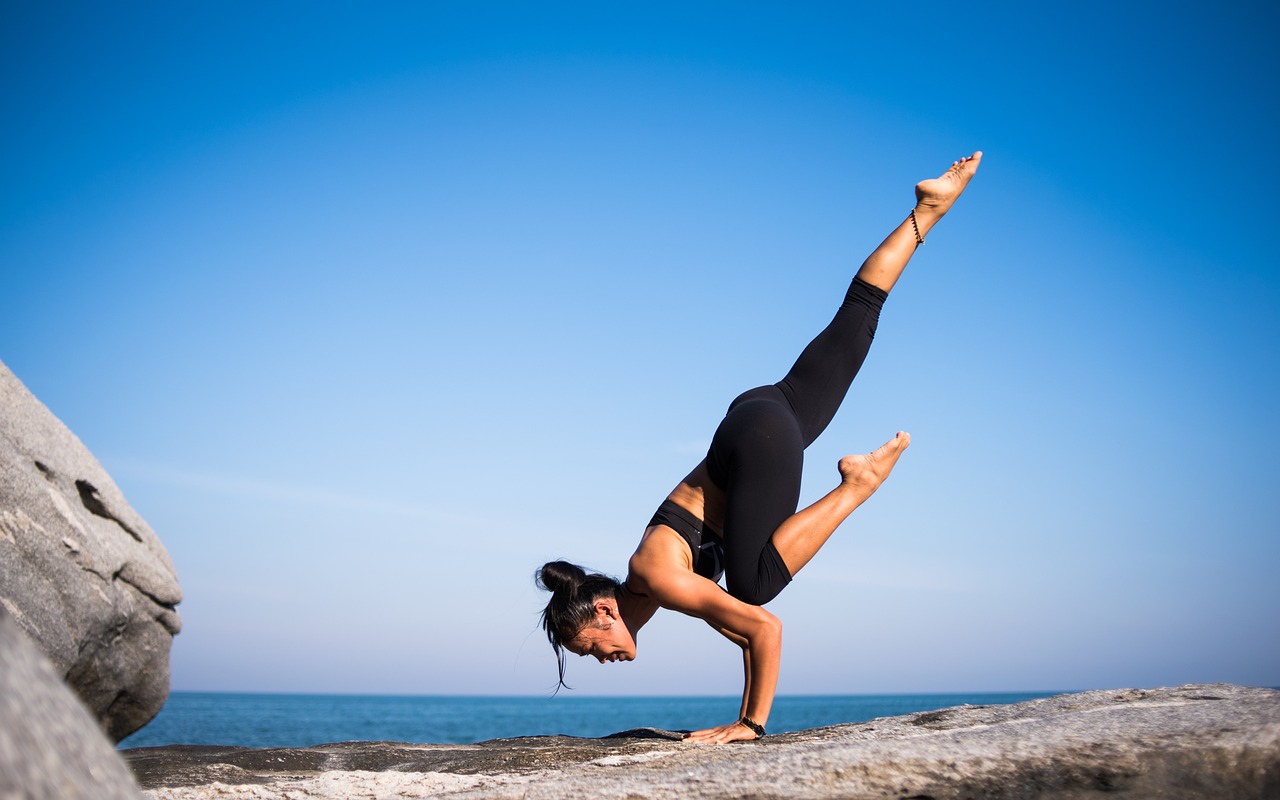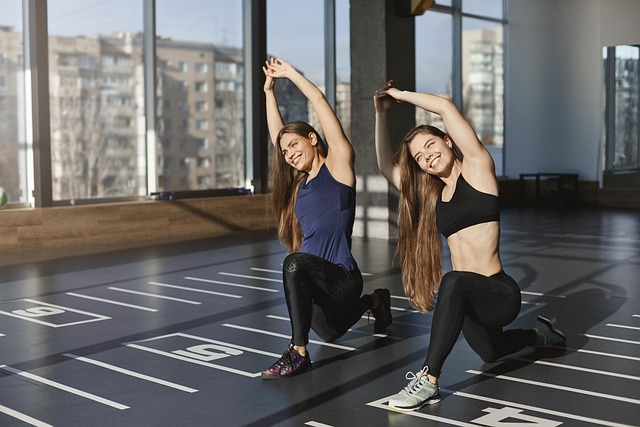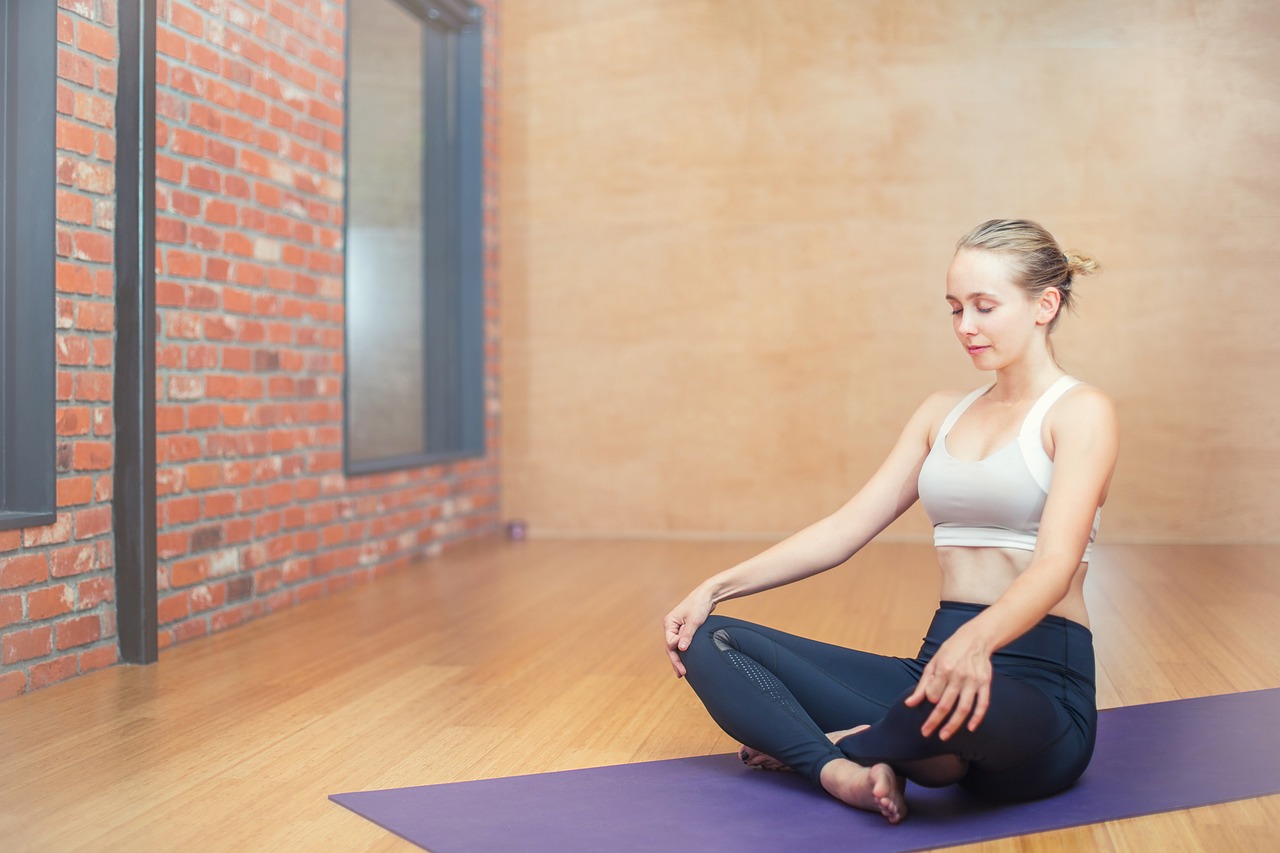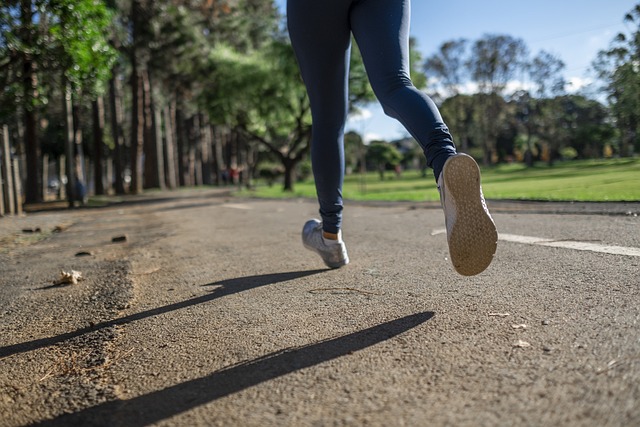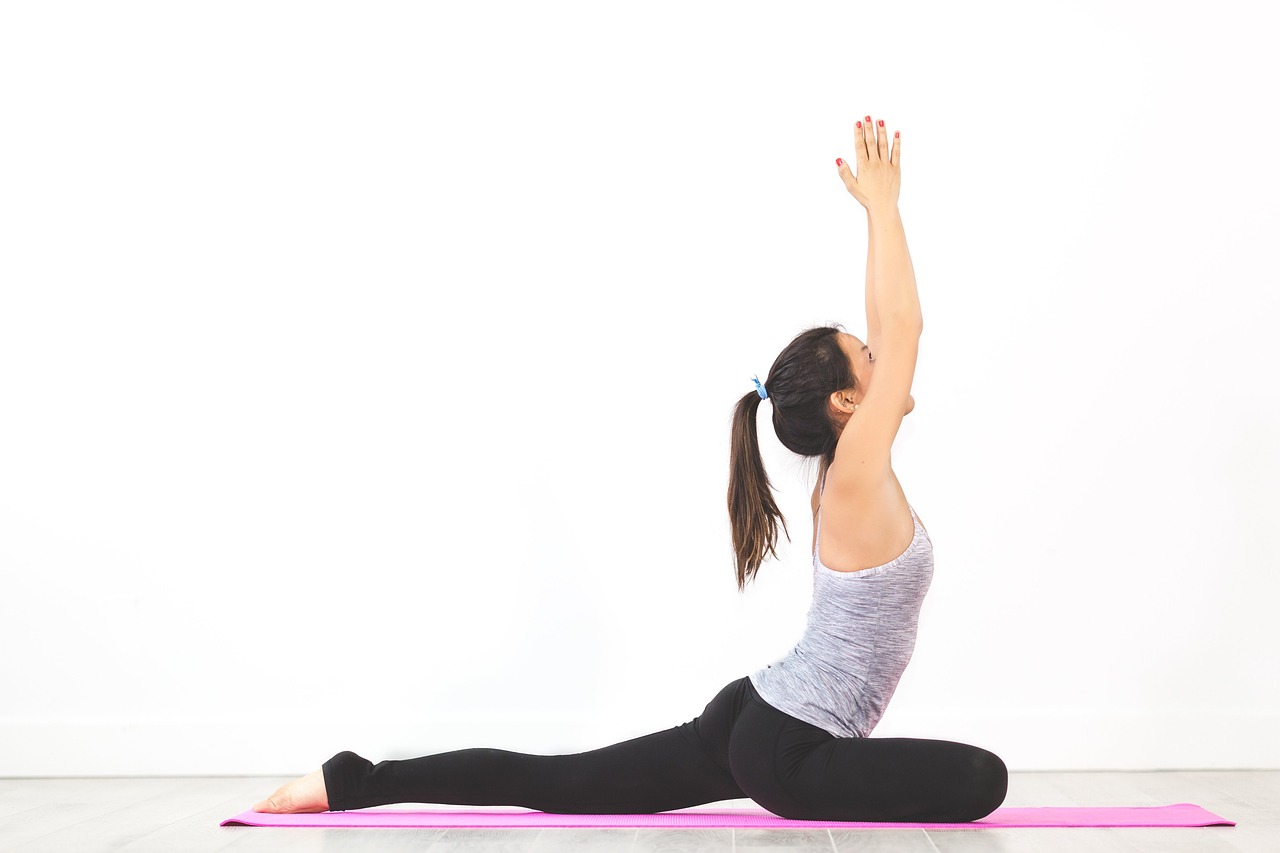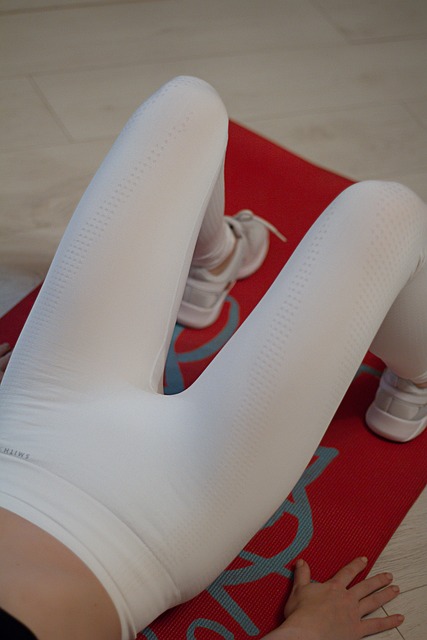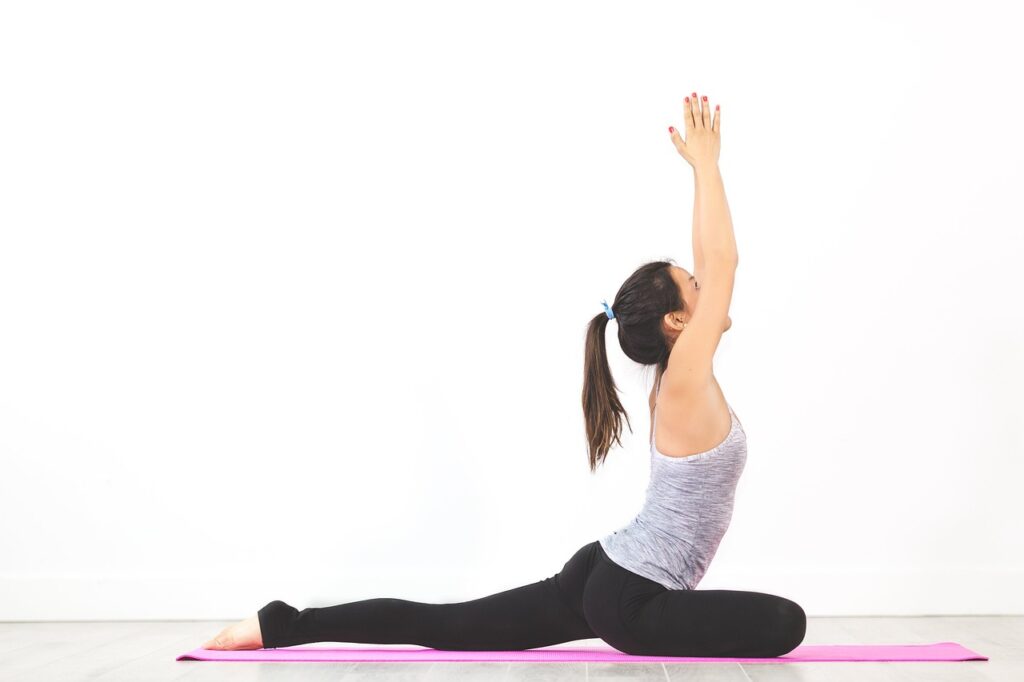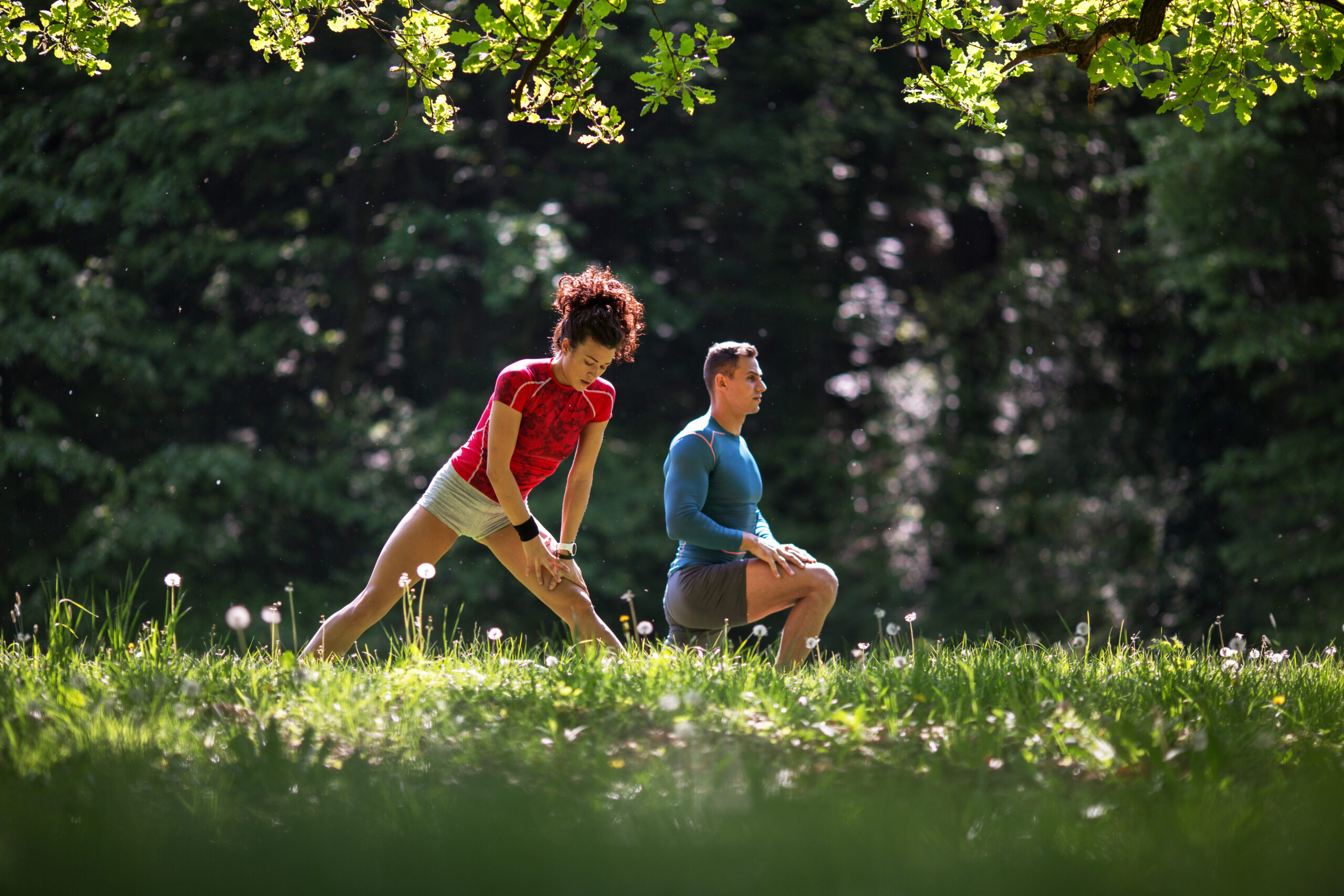Healthy Upcoming Diet Trends in 2025: As we move toward 2025, the world of nutrition is evolving rapidly. People are becoming more conscious of their health, and diet trends are shifting toward sustainable, nutrient-dense, and personalized approaches. Whether you’re looking to optimize your health, lose weight, or simply improve your overall well-being, staying on top of emerging trends can help you make informed choices. Here are five diet trends expected to make waves in 2025.
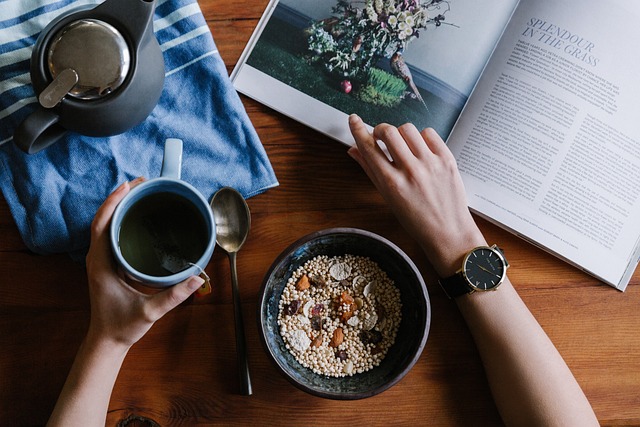
Healthy Upcoming Diet Trends in 2025: Personalized Nutrition Based on DNA and Microbiome
In 2025, one of the most exciting developments in the world of diet is the rise of personalized nutrition, where your specific dietary needs are determined based on your DNA and microbiome (the community of microorganisms living in your gut). The idea is that by analyzing your genetic makeup and gut bacteria, nutrition experts can create a tailored plan that works best for your body.
Personalized diets can help optimize metabolism, prevent chronic diseases, and improve energy levels. Companies are already offering DNA and microbiome testing kits that provide insights into how your body processes different types of foods. Based on these results, you can adjust your diet to fit your genetic profile—whether that’s focusing on certain nutrients, avoiding allergens, or enhancing digestion.
As more research is done in this area, personalized nutrition is expected to become even more accessible and refined, helping individuals take a science-backed approach to their health.
Plant-Based and Regenerative Foods
While plant-based eating has been a growing trend for several years, 2025 will see a shift toward not just plant-based diets but regenerative food systems. Regenerative agriculture focuses on farming practices that restore the health of the land, improve biodiversity, and absorb carbon from the atmosphere. This approach is not just about what you eat but how it’s produced.
As more people become concerned about the environmental impact of food production, the demand for regenerative and sustainable plant-based foods will rise. In addition to fruits, vegetables, and grains, we’ll see a growing emphasis on products made from regenerative crops like quinoa, hemp, and seaweed. These foods are not only packed with nutrients but are grown in ways that are better for the planet.
If you’re looking to eat more sustainably, expect to see more regenerative food brands and eco-friendly farming practices entering the mainstream in 2025.

Healthy Upcoming Diet Trends in 2025: Functional Foods and Beverages
In 2025, functional foods—those that offer health benefits beyond basic nutrition—will become even more popular. These foods and beverages are enriched with nutrients that can support specific areas of health, like immunity, brain function, digestion, and even mood.
Expect to see more products incorporating adaptogens, probiotics, and nootropics. Adaptogens, like ashwagandha and rhodiola, are herbs known for their ability to reduce stress and promote balance in the body. Probiotics and prebiotics, essential for gut health, are already commonly found in yogurt and kefir but will increasingly be added to a wider range of foods, such as snacks, cereals, and even pasta.
Nootropics—also known as “smart drugs”—are compounds that enhance cognitive function, and they’ll likely appear in more foods and beverages designed to boost mental clarity and focus. Look out for functional smoothies, protein bars, and even coffees that help support brain health and reduce stress.
Low-Inflammatory Diets
Chronic inflammation is linked to many health conditions, including heart disease, diabetes, and autoimmune disorders. In 2025, low-inflammatory diets will become more mainstream, with a focus on eating foods that reduce inflammation and support overall health.
The key components of a low-inflammatory diet include foods that are rich in antioxidants, omega-3 fatty acids, and fiber, while avoiding refined sugars, processed foods, and unhealthy fats. Foods such as leafy greens, berries, fatty fish like salmon, and nuts will take center stage. There will also be a growing emphasis on anti-inflammatory spices like turmeric, ginger, and garlic.
Additionally, we’ll see more people adopting diets that support a healthy gut microbiome, as emerging research continues to highlight the link between gut health and inflammation. A low-inflammatory diet can help reduce chronic pain, improve mood, and lower the risk of developing various diseases.

The Flexitarian Approach
While vegan and vegetarian diets will continue to have their place in 2025, the flexitarian diet is expected to rise in popularity. The flexitarian approach encourages eating mostly plant-based foods but allows for occasional meat consumption. It offers a more flexible and balanced way to reduce meat intake without cutting it out entirely.
This diet is ideal for people who want to reap the benefits of plant-based eating—such as improved heart health, weight management, and a reduced environmental impact—without committing fully to a vegetarian or vegan lifestyle. Flexitarian diets will likely feature plant-forward meals, but with an emphasis on quality and sustainability, meaning more ethically sourced, grass-fed, or free-range meat and seafood when consumed.
The flexibility of the flexitarian diet makes it an attractive option for people who want to embrace healthier eating without the rigidity of strict dietary restrictions.
